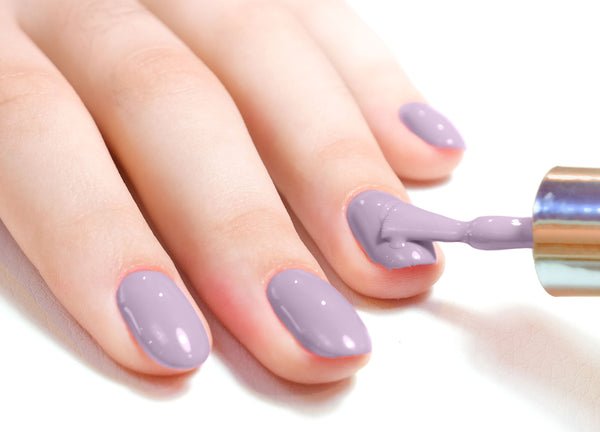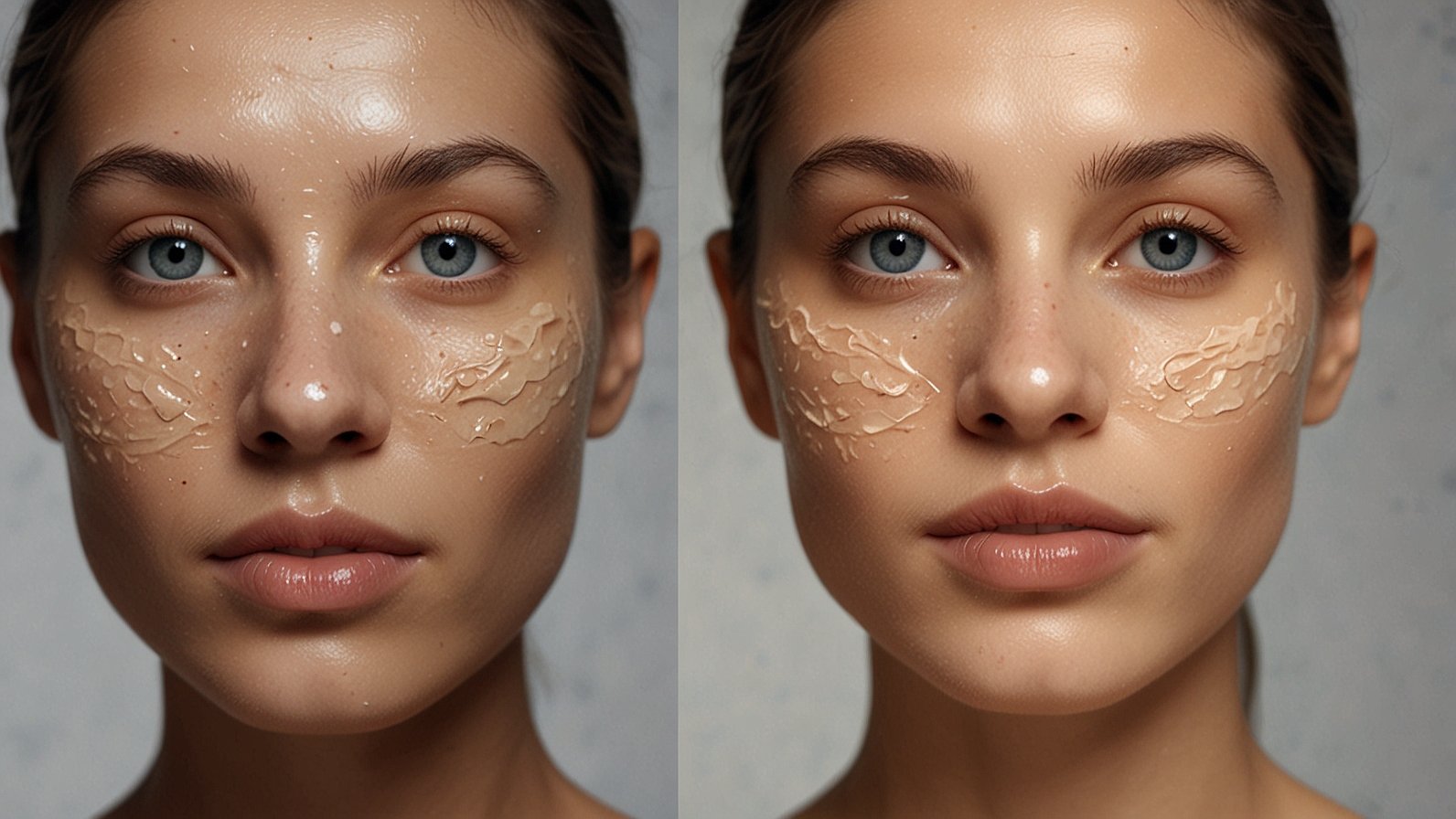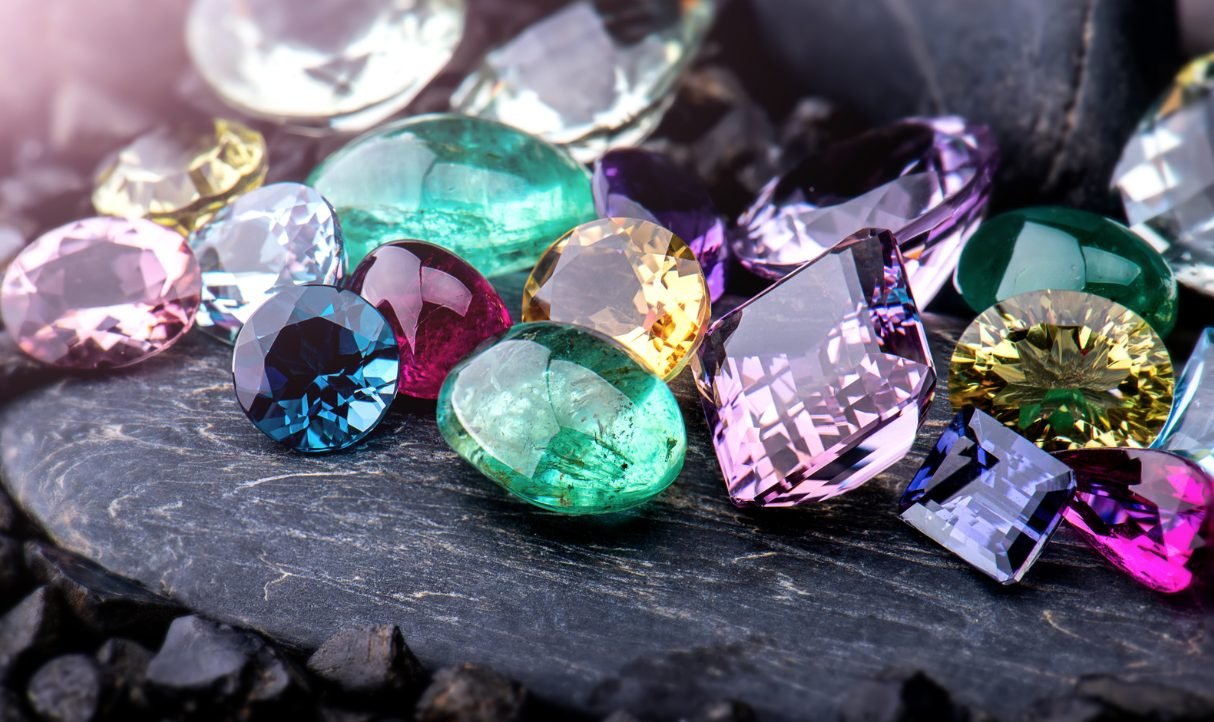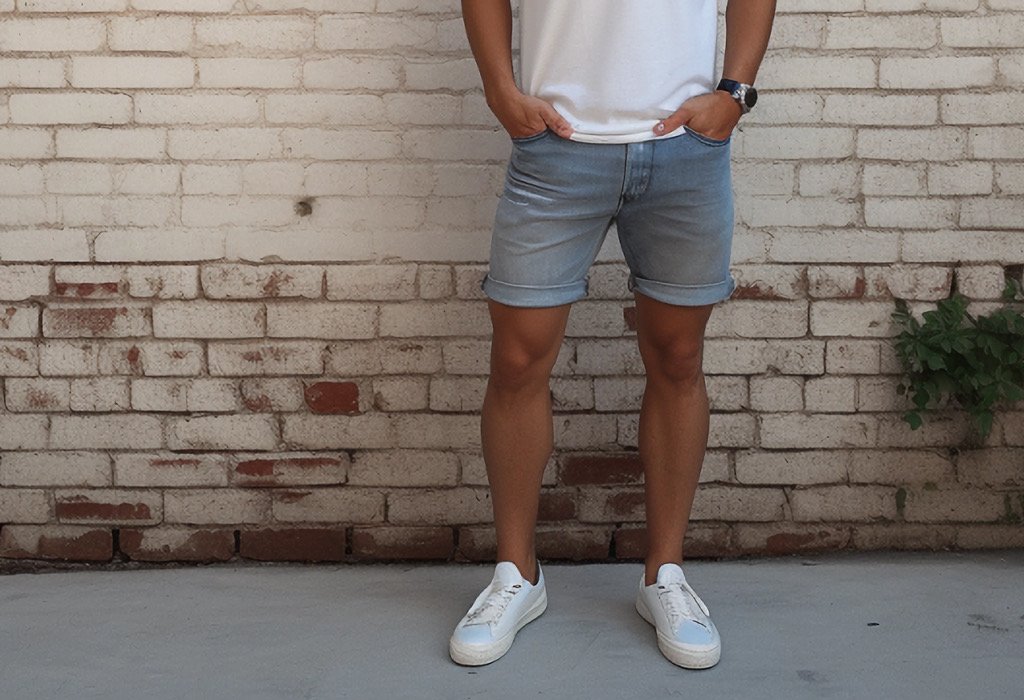Shopping for nail products online can feel like playing roulette with your money. You’re buying based on tiny photos, relying on product descriptions that might be overly optimistic, and hoping that gorgeous coral shade won’t turn out to be fluorescent orange when it arrives. When you buy gel nail polish online, the stakes are even higher because you’re investing in professional-grade products that cost more than regular polish. The good news is that most online shopping disasters are totally preventable once you know what to watch out for. From color matching issues to compatibility problems, understanding the common pitfalls can save you money, frustration, and weeks of wearing a color you absolutely hate. Here’s what experienced online beauty shoppers have learned the hard way.
Color Accuracy and Monitor Issues
The biggest complaint about buying nail polish online? Colors that look nothing like what you expected. This isn’t usually the seller’s fault – it’s the inevitable result of trying to represent colors through digital screens that all display things differently.
Your monitor’s color settings dramatically affect how products appear. Monitors that are too bright make colors look washed out and pale. Screens with cool color temperature settings shift everything toward blue and purple tones, while warm settings add yellow and orange casts. Even the time of day affects perception – the same color can look completely different under bright daylight coming through your window versus evening lamp light.
Mobile phone screens add another layer of complexity. Phone displays are optimized for photos and videos, not color accuracy. They often boost saturation to make images pop, which means that perfect dusty rose might actually be much more muted in real life. Viewing angles also matter – tilting your phone can change how a color appears.
Professional product photography tries to minimize these issues, but it’s not perfect. Photographers use controlled lighting and color-corrected monitors, but they can’t control what happens on your end. Some brands provide multiple photos of the same shade under different lighting conditions, which gives you a better sense of the color’s true nature.
Reading customer reviews becomes crucial here. Look for reviews that mention how accurate the color was compared to expectations. Pay special attention to reviews from people who mention their skin tone or compare the color to other popular shades. These real-world descriptions often provide better guidance than professional photos.
Ignoring System Compatibility
This is where many people get burned, especially when buying from different brands or trying new products. Not all gel polishes work with all UV/LED lamps, and not all base and top coats are compatible with every polish formula.
Wattage requirements vary between gel polish brands. Some formulas need high-wattage LED lamps (36W or higher) to cure properly, while others work fine with lower-wattage units. Using insufficient wattage leads to incomplete curing, which causes premature chipping, peeling, and poor wear time. The polish might feel dry but isn’t actually fully cured at the molecular level.
Curing times also differ significantly between brands and even between colors within the same brand. Some polishes cure in 30 seconds under LED light, while others need 60-90 seconds. White and yellow shades notoriously require longer curing times due to their pigment composition. Not following the correct curing times for your specific products leads to soft, easily damaged finishes.
Base coat compatibility is often overlooked but crucial for proper adhesion and longevity. Some gel polishes are designed to work with specific base coat formulas. Using the wrong base coat can cause lifting, peeling, or poor color development. Similarly, some polishes require specific top coats to achieve their intended finish or protect special effects like holographic particles.
Brand mixing can be tricky territory. While many gel products are technically compatible across brands, the results aren’t always optimal. Each brand formulates their products to work best within their own system. Mixing brands might work fine, but you could also end up with adhesion problems, uneven curing, or color issues that wouldn’t occur with matched systems.
Overlooking Ingredient Lists and Safety Information
The excitement of finding the perfect color often overshadows the practical considerations of what’s actually in the product. This oversight can lead to allergic reactions, poor performance, or products that don’t meet your safety standards.
Common allergens in gel polish include acrylates, which can cause contact dermatitis in sensitive individuals. If you’ve had reactions to acrylic nails or certain adhesives, checking the ingredient list for these compounds is essential. Some brands offer hypoallergenic formulas specifically designed for sensitive users.
“Free-from” claims need scrutiny. Terms like “5-free” or “10-free” indicate the absence of certain chemicals, but the specific chemicals excluded vary between brands. One brand’s “7-free” formula might exclude different ingredients than another’s. Reading the detailed ingredient list ensures you know exactly what you’re avoiding.
Pregnancy safety is another consideration many shoppers overlook. While most gel polishes are considered safe during pregnancy when used with proper ventilation, some women prefer to avoid certain ingredients during this time. Research ingredients and consult with healthcare providers if you have concerns.
Country of origin and manufacturing standards affect product safety and quality. Products manufactured in facilities with strict quality control are generally safer and more consistent than those from unregulated sources. This is particularly important when buying from discount sellers or unfamiliar brands online.
Falling for Unrealistic Marketing Claims
The beauty industry loves superlatives, and gel polish marketing is no exception. Claims like “lasts 4 weeks without chipping” or “salon-quality results guaranteed” are often exaggerated, setting unrealistic expectations that lead to disappointment.
Wear time claims are particularly misleading because they depend heavily on individual factors like nail preparation, application technique, lifestyle, and nail health. A polish that lasts three weeks on someone with strong nails and a gentle lifestyle might only last one week on someone who works with their hands or has naturally oily nail beds.
“Professional quality” doesn’t always mean what you think. Many consumer gel polishes labeled as professional-grade are perfectly good products, but they’re not necessarily the same formulations used in high-end salons. Professional products often have different consistency, pigment loads, or curing requirements optimized for trained technicians rather than home users.
Before and after photos in marketing materials are often misleading. Professional photography, careful nail preparation, and expert application can make any product look amazing. These images don’t represent what typical home users should expect, especially during their first few attempts at application.
Influencer endorsements require critical evaluation. Many beauty influencers have professional training, expensive equipment, and perfect lighting that contribute to their amazing results. Their success with a product doesn’t guarantee similar results for average users with basic home setups.
Neglecting Shipping and Storage Considerations
Gel polish is more sensitive to temperature and handling during shipping than many people realize. Extreme temperatures, rough handling, and long transit times can affect product quality and performance.
Temperature extremes during shipping can alter gel polish consistency and performance. Products left in hot delivery trucks or cold warehouses might separate, thicken, or change color. This is particularly problematic during summer months or winter shipping to cold climates. Some sellers offer climate-controlled shipping options for sensitive products.
Shipping timeframes become important for time-sensitive purchases. If you need polish for a specific event, factor in potential shipping delays, especially during peak seasons or when ordering from international sellers. Rush shipping often costs more than the products themselves.
Package handling affects product integrity. Gel polish bottles can break during rough handling, and some shipping carriers are gentler than others. Look for sellers who package products securely and offer insurance or replacement policies for damaged shipments.
Storage conditions during transit matter for product quality. Products sitting in warehouse or shipping facilities for extended periods might be exposed to temperature fluctuations, humidity, or other conditions that affect quality. Buying from sellers with high turnover ensures fresher products.
READ ALSO: Informational Guide to Understanding the Value and Meaning of Gemstone Jewellery










